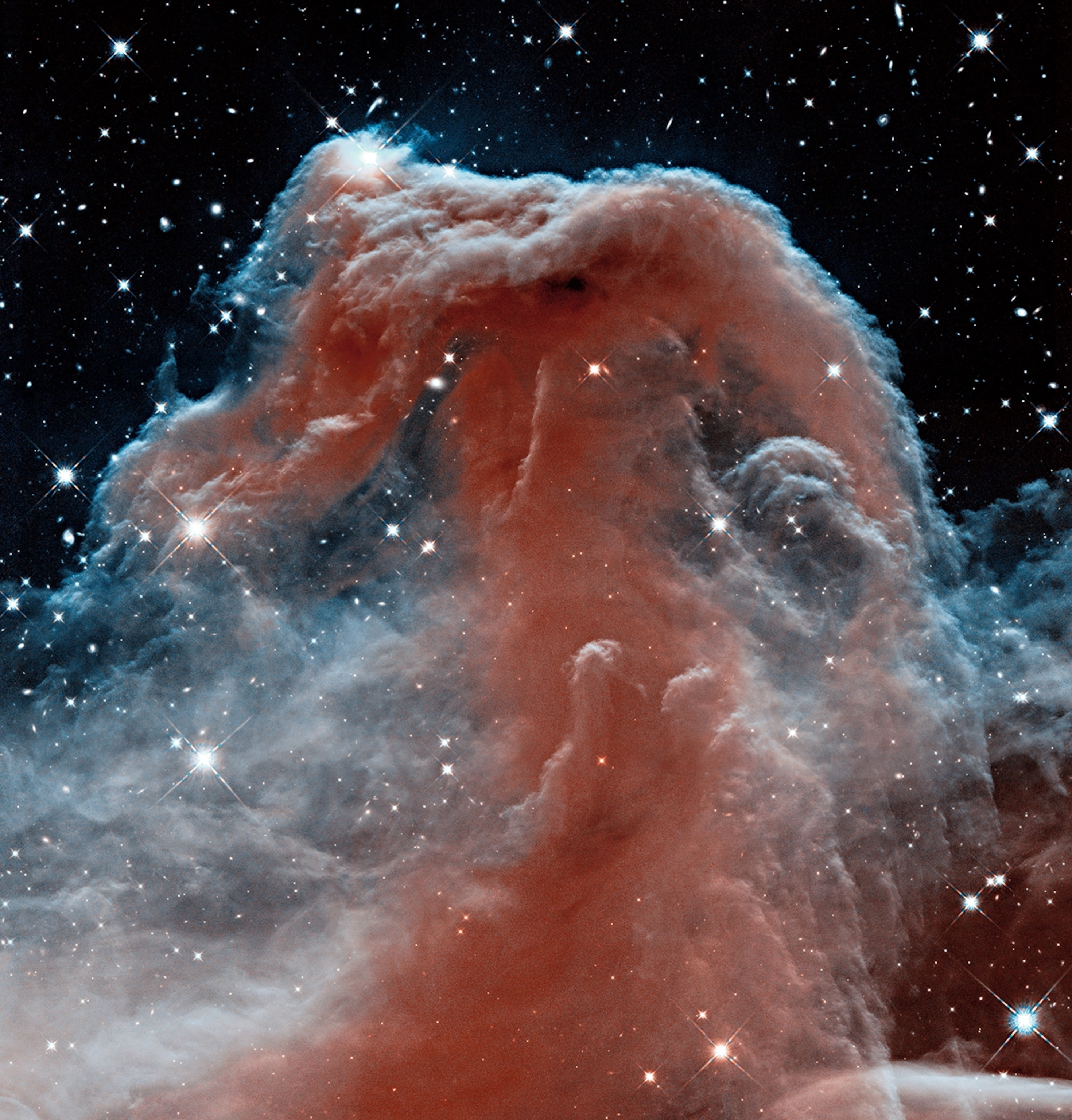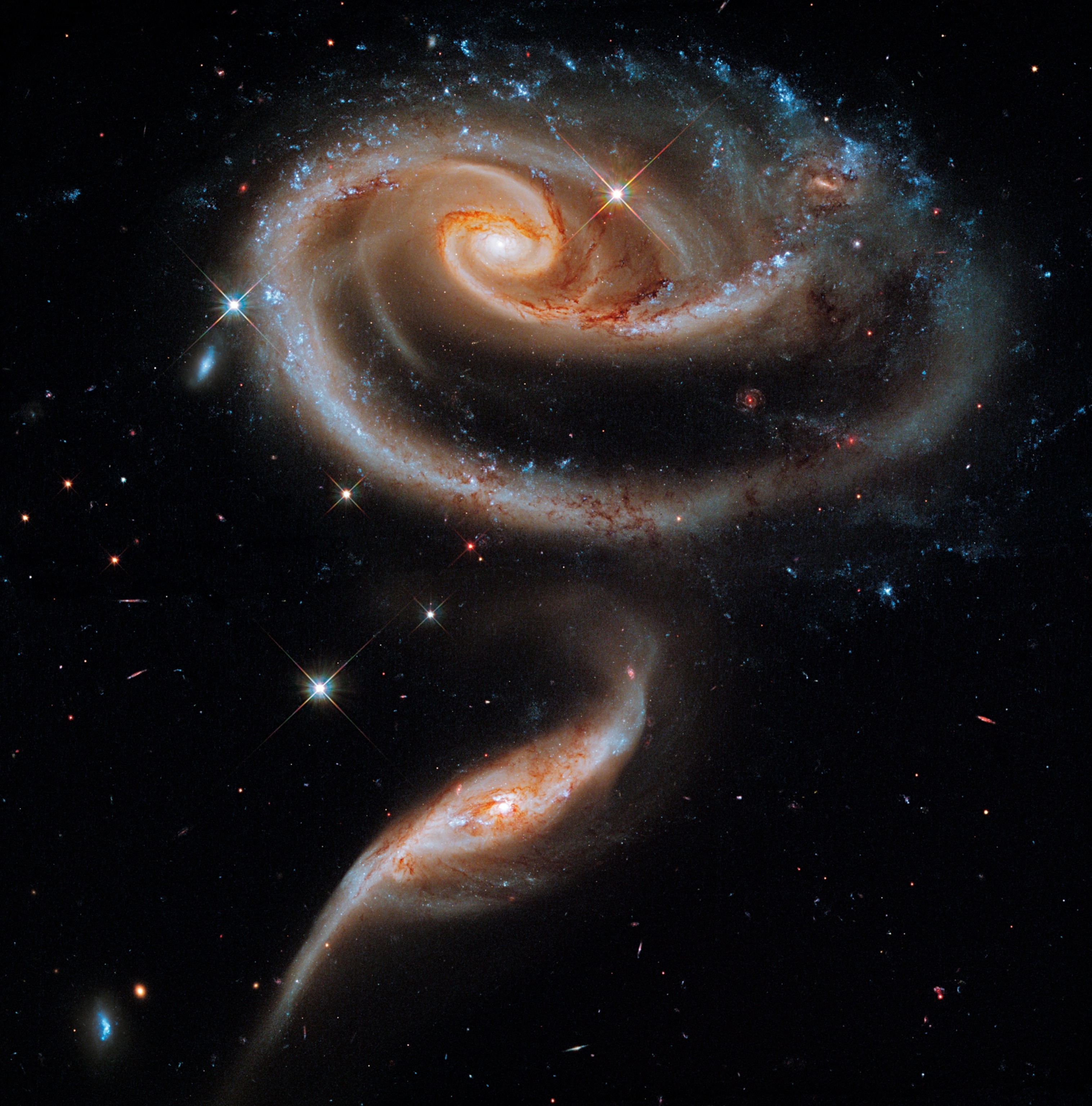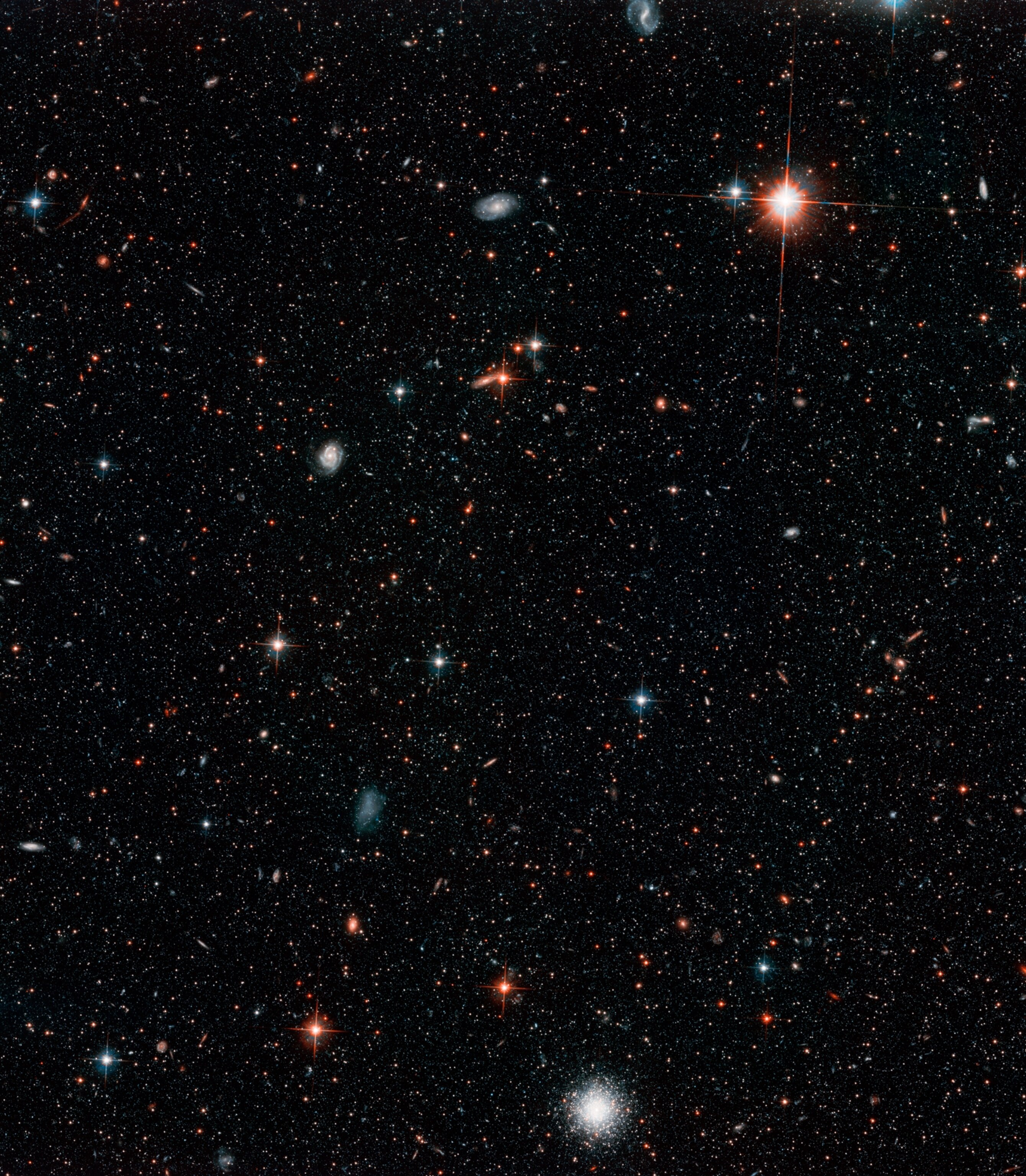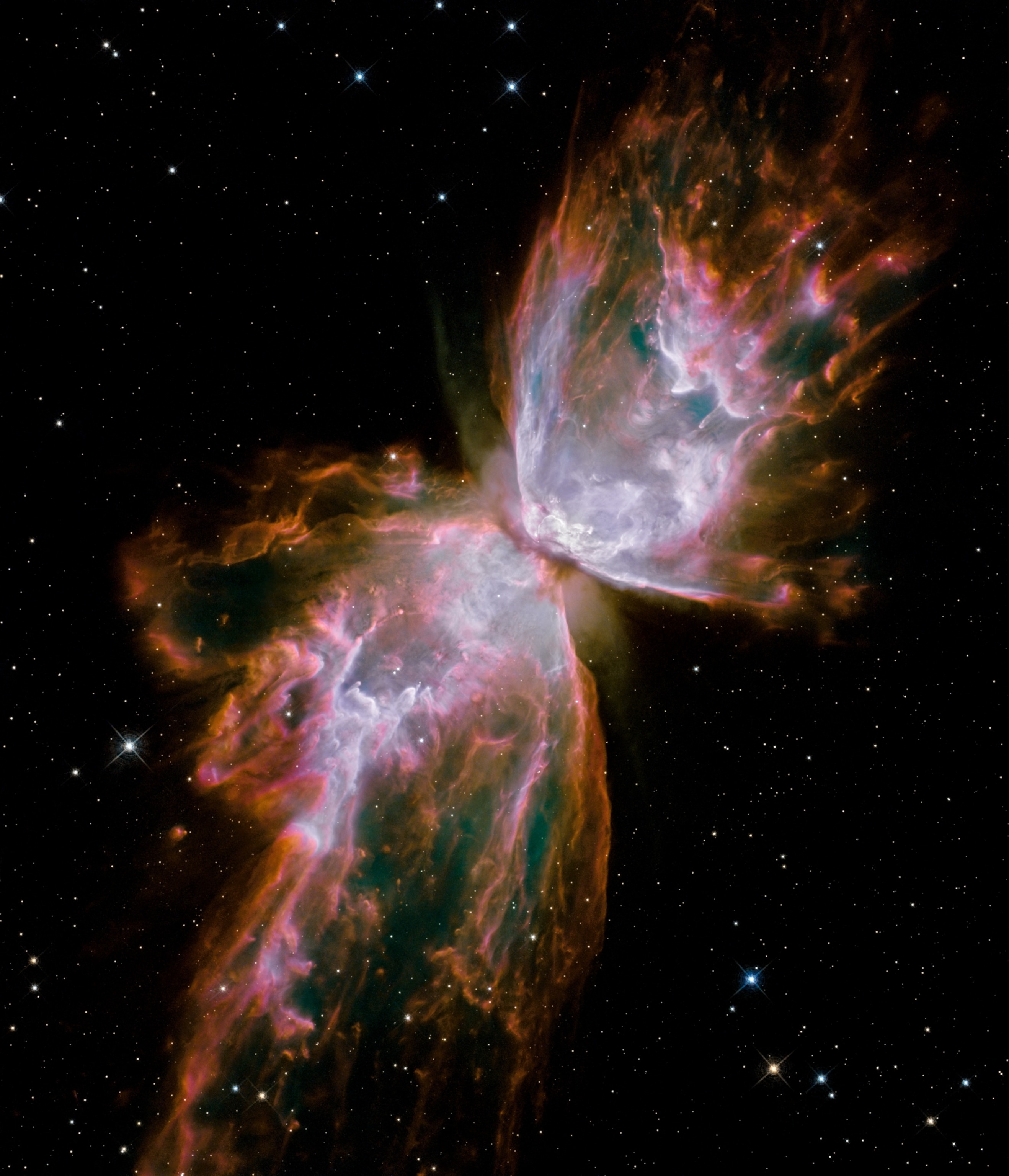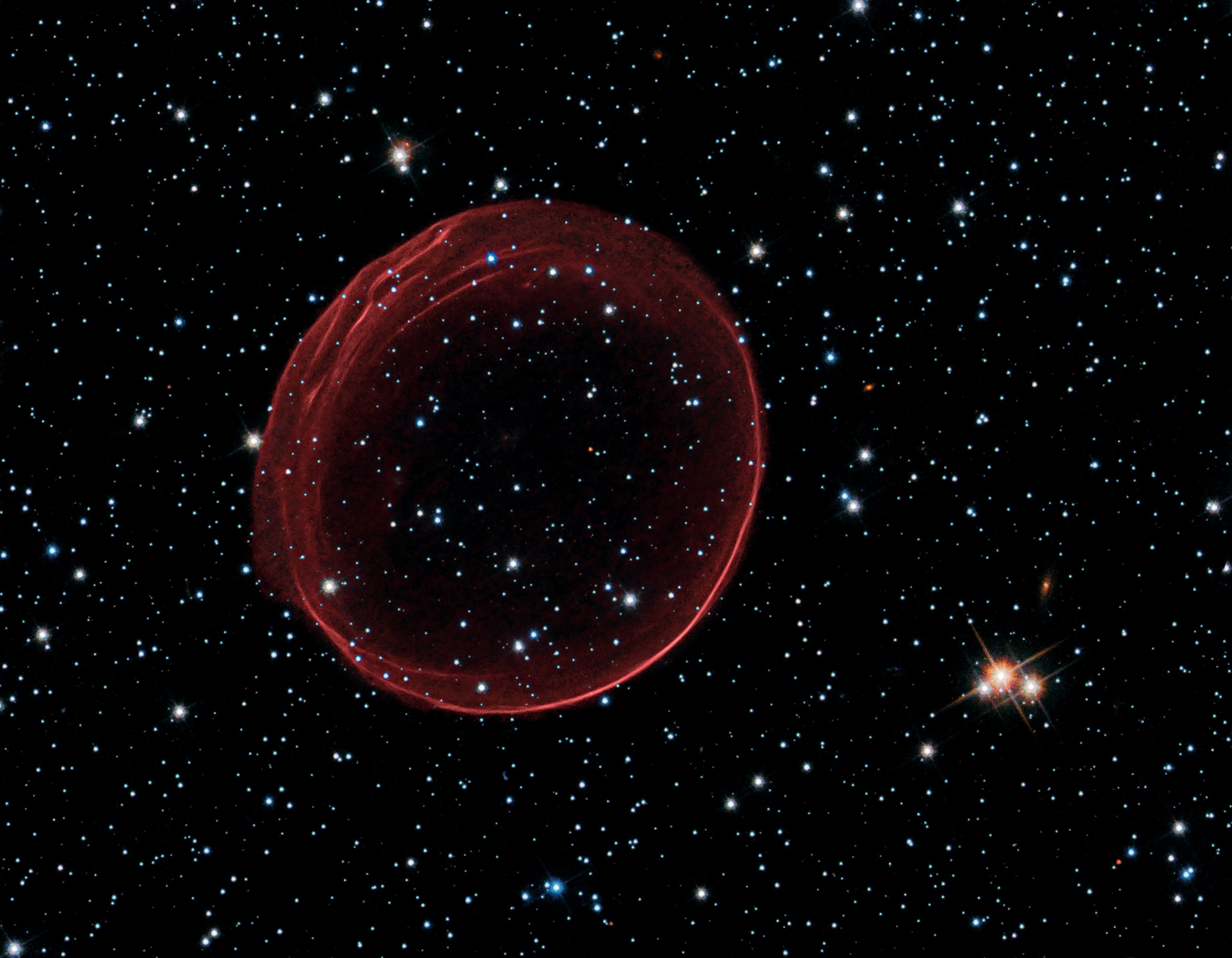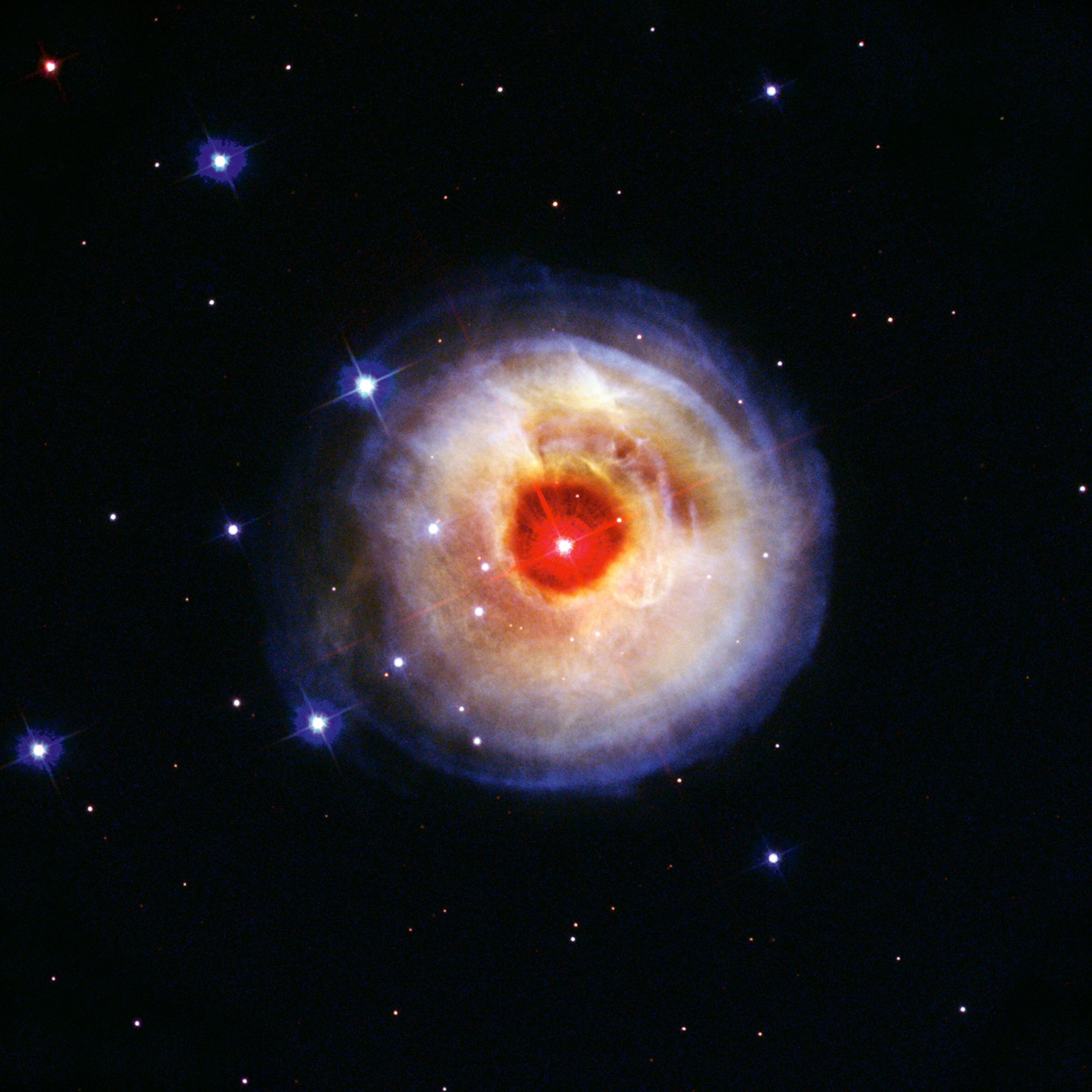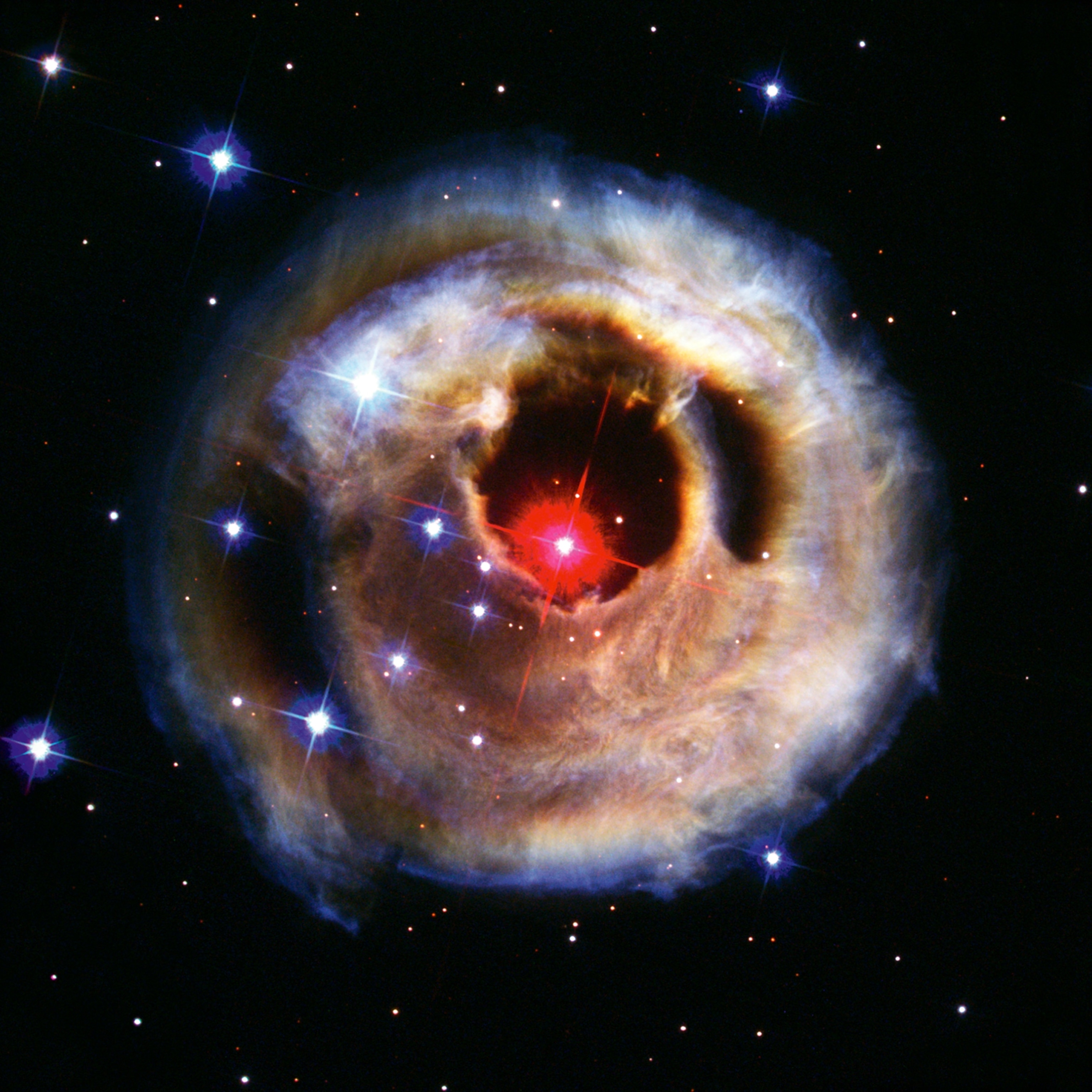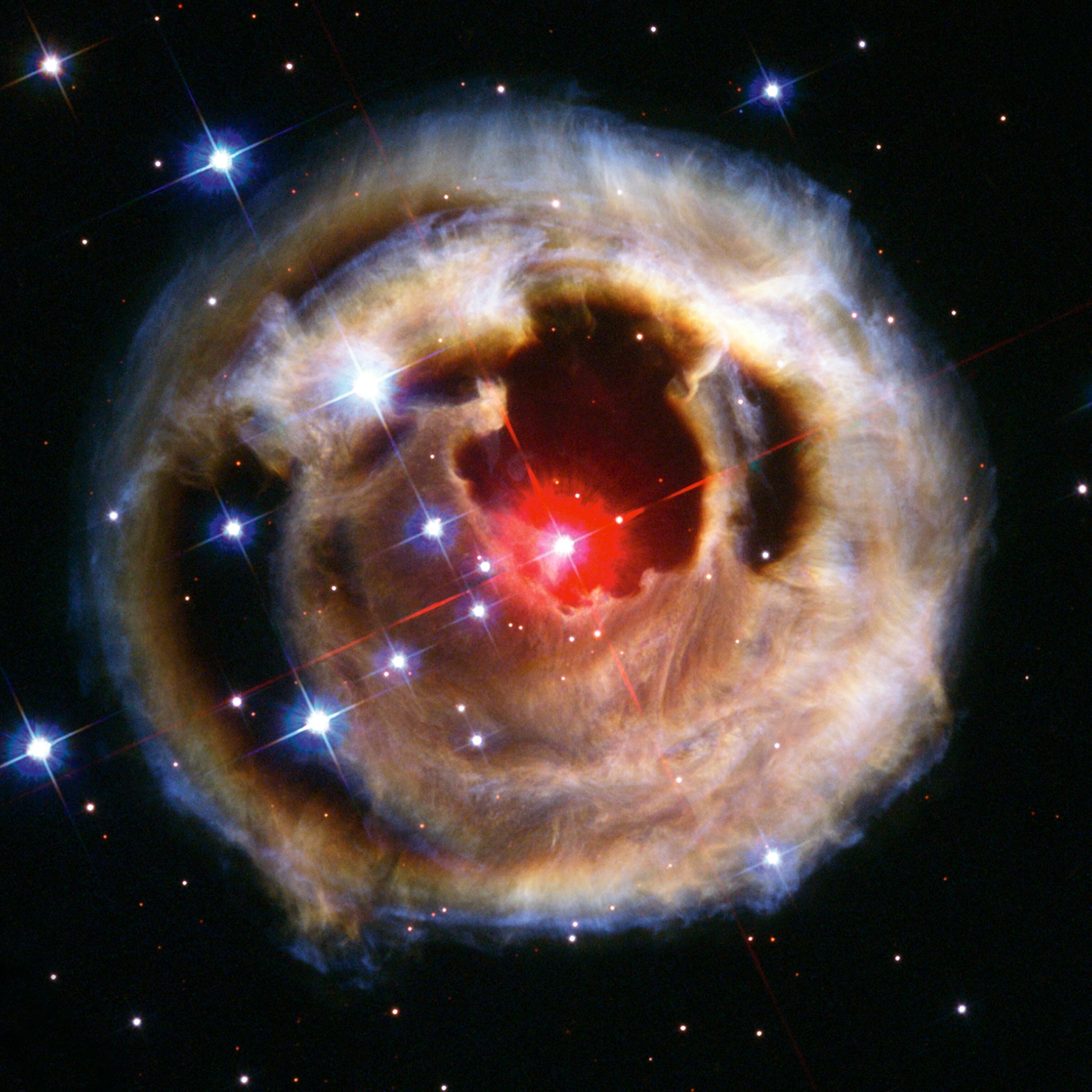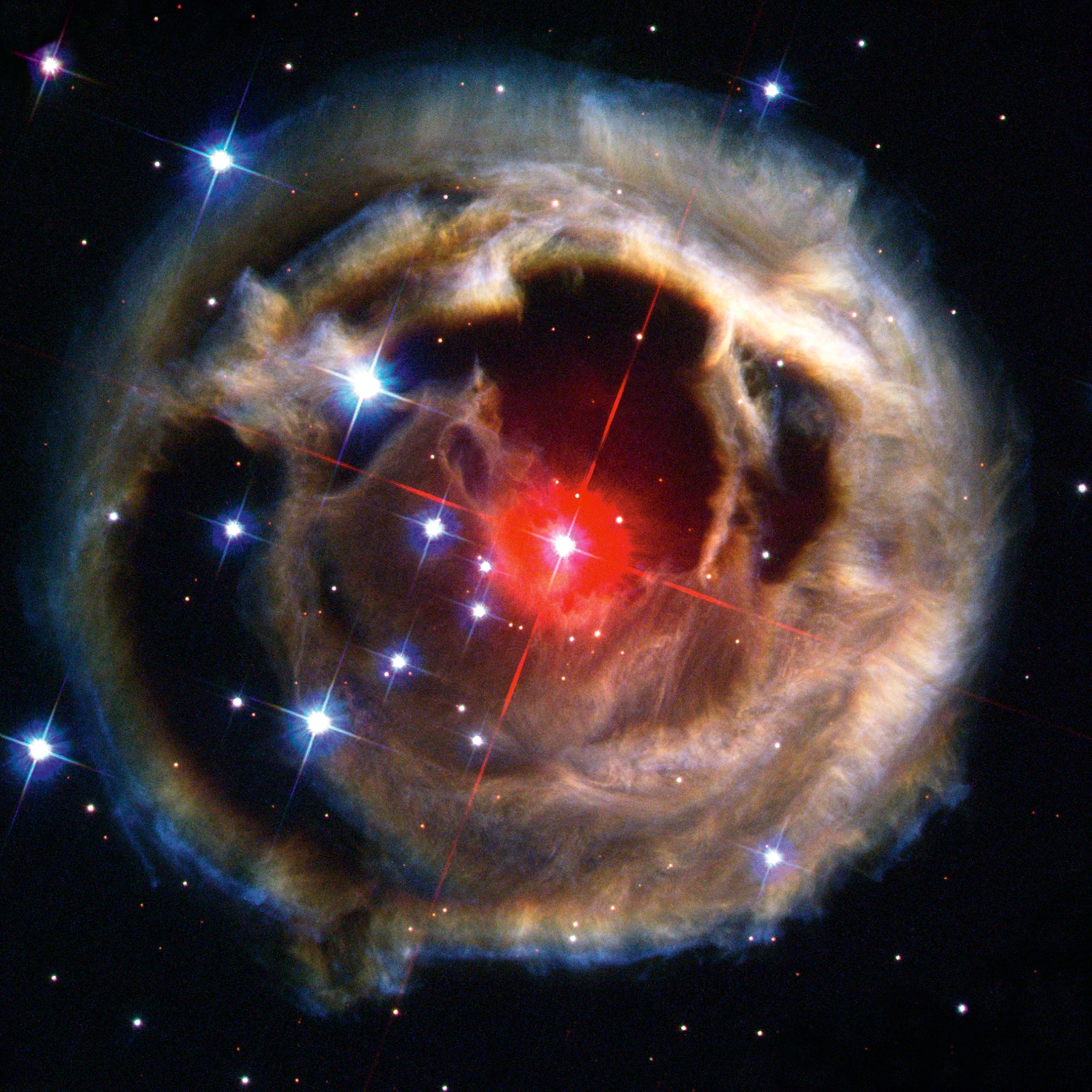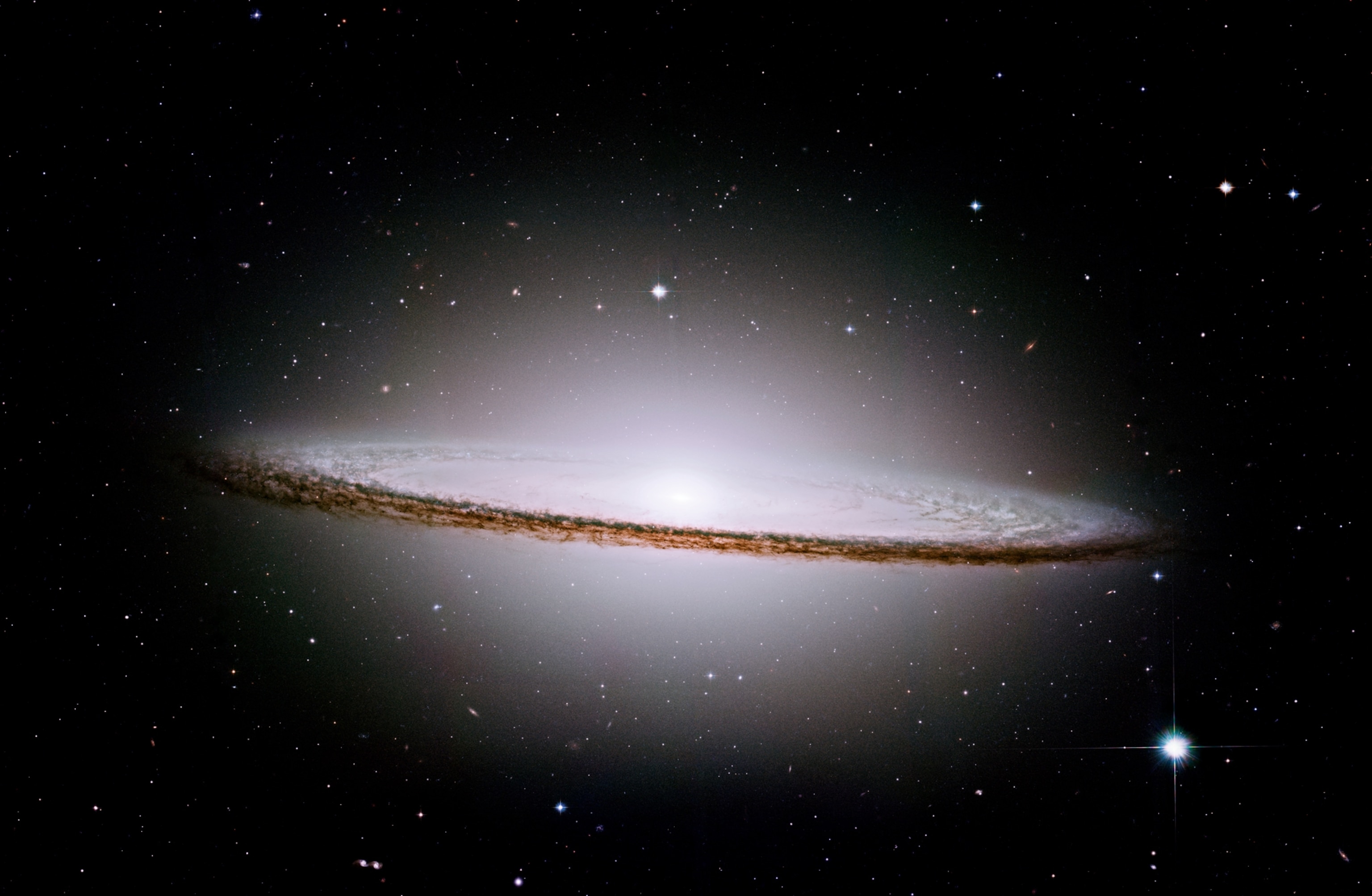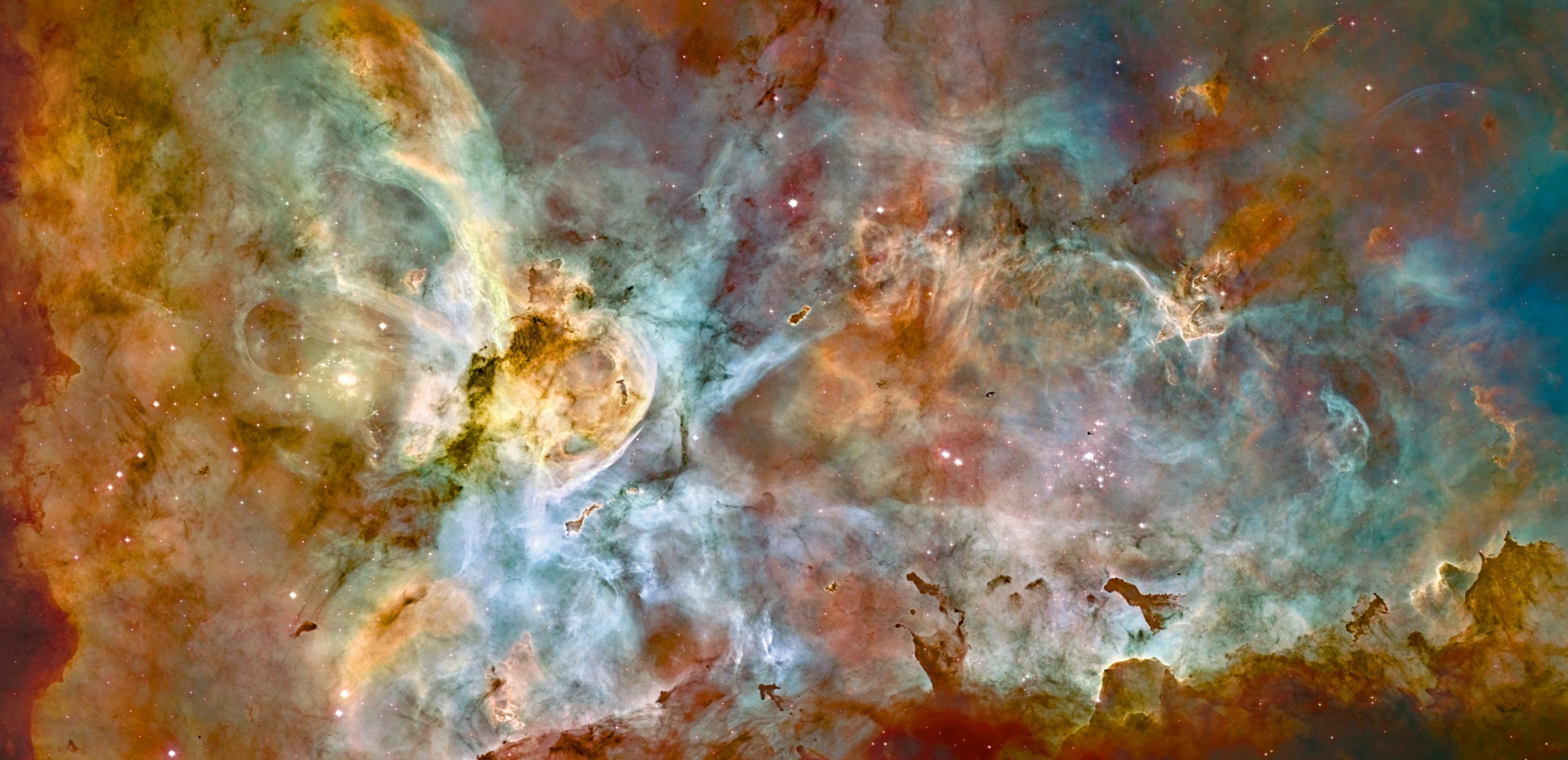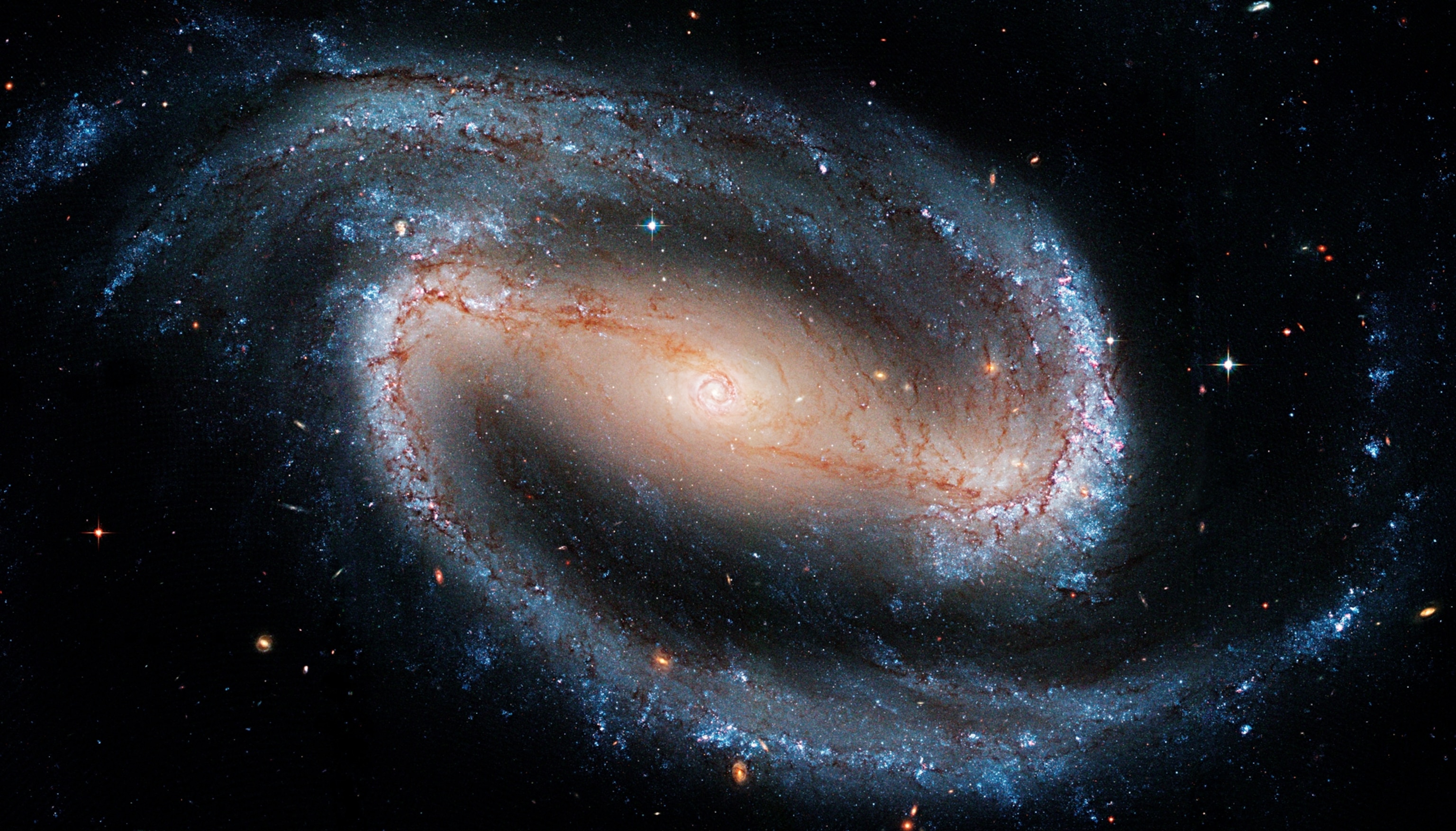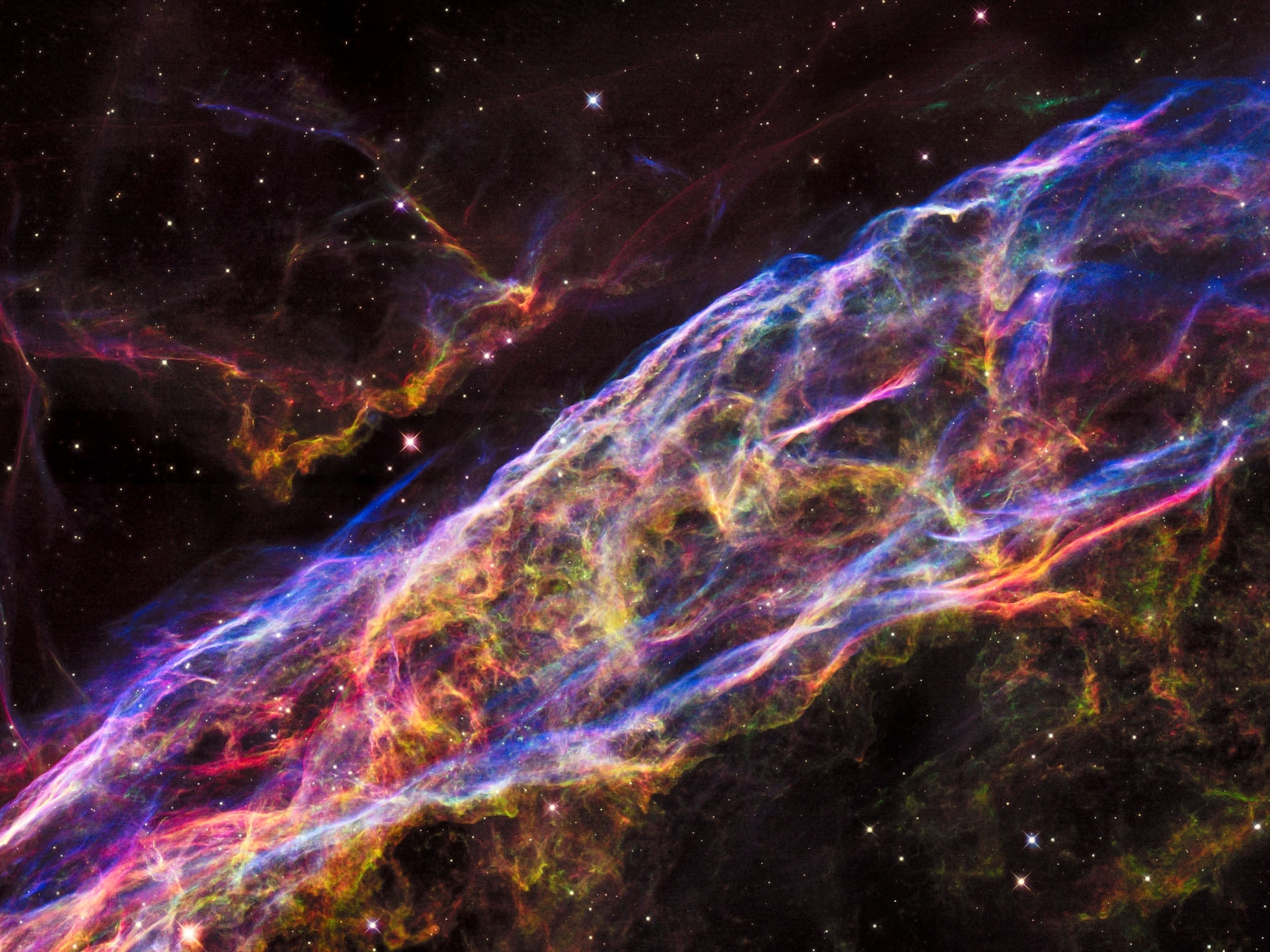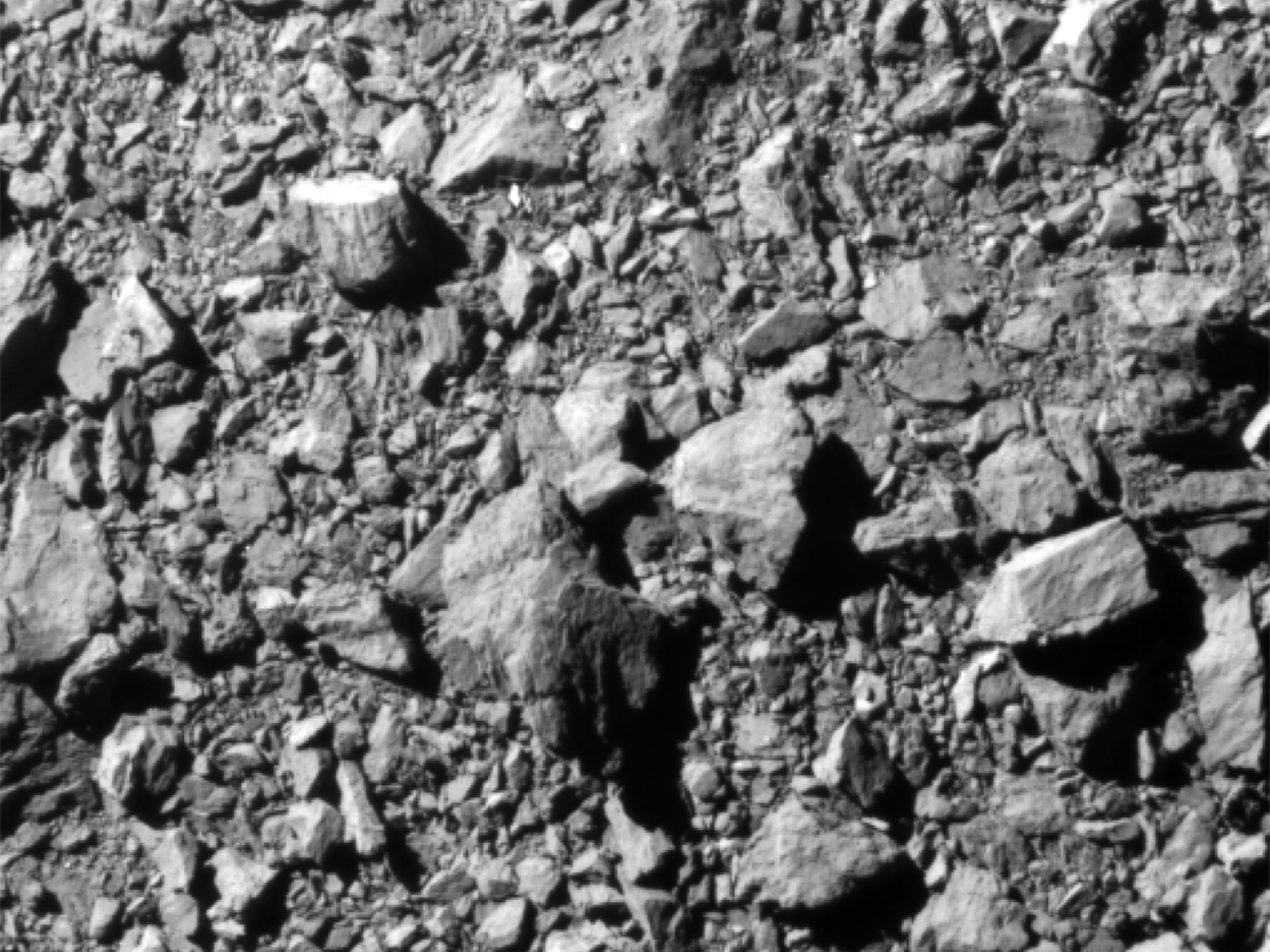
Hubble’s Greatest Hits
Pictures from the space telescope have dazzled us for 25 years.
It didn’t amount to much at first.
Launched into orbit aboard the space shuttle Discovery on April 24, 1990, amid flurries of hope and hype, the Hubble Space Telescope promptly faltered. Rather than remaining locked on its celestial targets, it trembled and shook, quaking like a photophobic vampire whenever sunlight struck its solar panels. Opening its protective front door to let starlight in perturbed the telescope so badly that it fell into an electronic coma. Worst of all, Hubble turned out to be myopic. Its primary light-gathering mirror, eight feet in diameter and said to be the smoothest large object ever fashioned by humans, had been figured perfectly wrong.
Its design was already a compromise. The astronomers had wanted a bigger telescope in a higher orbit. They got a smaller one orbiting only 350 miles high, so that it could fit in the shuttle’s cargo bay and remain within reach for servicing by astronauts working in space. Some grumbled that science was being subordinated to flyboy flash.
Yet the shuttle proved to be the mission’s salvation. Had Hubble been lofted beyond the shuttle’s reach, it might have gone down in history as a billion-dollar blunder. Instead it was constructed so that its key components, from cameras and computers to gyroscopes and radio transmitters, remained accessible for replacement or repair. One astronaut took this requirement so seriously that he visited the Smithsonian’s National Air and Space Museum after-hours, put a ladder up to its Hubble replica, and practiced swapping out instruments to make sure everything fit. Everything did, and five nearly perfect shuttle service missions proved essential in transforming Hubble from a 12-ton dud into one of the world’s most productive and popular scientific machines.
Hubble literally expanded the frontiers of human knowledge. Using it to peer deep into space and back in cosmic time with unprecedented clarity, astronomers learned that galaxies formed from smaller patches of stuff in the early universe (“bottom-up,” in the terminology of researchers who’d wrestled with this issue for decades) and that massive galaxies typically harbor supermassive black holes at their centers. Hubble examinations of dim dwarf stars confirmed that normal matter cannot generate nearly enough gravity to hold galaxies together, which means that the “dark matter” responsible must be made of more exotic stuff. Hubble measurements of galaxy velocities yielded early clues to the existence of “dark energy,” the mysterious force currently speeding up the cosmic expansion rate.
Just recently, Hubble researchers have captured light from a newborn galaxy seen as it looked 13 billion years ago, taken the temperature of a hot planet orbiting a star 260 light-years from Earth, and discovered three icy objects in the outer solar system that might provide an even farther-out destination for NASA’s New Horizons probe after it flies past Pluto in July.
The space telescope’s global popularity surely arises, though, not only from its scientific attainments but also from the memorable images it has produced of glittering galaxies, softly glowing nebulae, and the wreckage of shattered stars. While Hubble was being built and launched, such photos were routinely disparaged in NASA circles as mere public relations fodder, called “pretties.” But a quarter century later the cosmic scenes assembled by Zoltan Levay and his colleagues at the Space Telescope Science Institute have, in the words of NASA historian Steven J. Dick, “enhanced the very idea of what we call ‘culture.’ ” That human beings find them to be as beautiful and evocative as photos of earthly sunsets and mountain peaks affirms anew that nature is all of a piece, and that we’re part of it.

